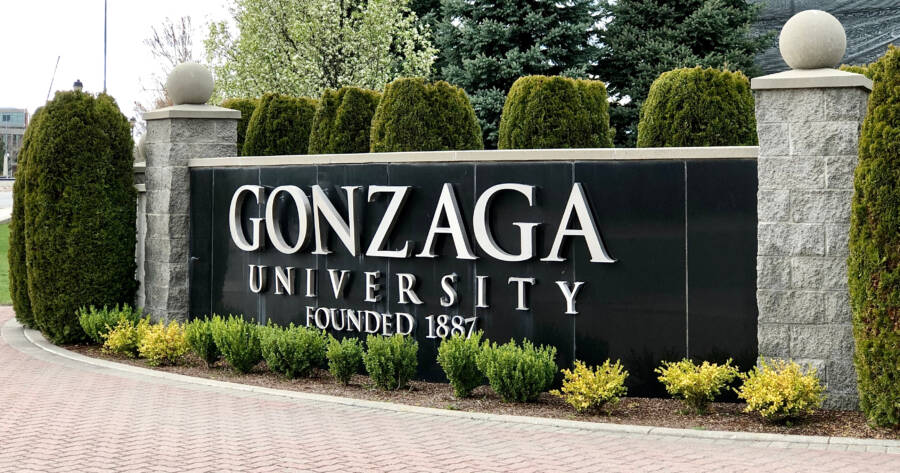In general, earning a college degree is a sound investment in your future. According to the Bureau of Labor Statistics, the median weekly earnings of those with a bachelor’s degree is $1,305 vs. $781 for those with a high school diploma. However, some colleges provide a better return on investment than others. And considering how high the cost of college has soared since the ’80s — 129% at private universities and 213% at public universities — it’s incredibly important to pick a school that’s likely to pay off.
No one wants to waste their money, but assessing which schools offer the most bang for your buck can be tricky. That’s why we’ve done the legwork and compiled a list of the best and worst colleges for your money. We’ve included useful information for each school, such as the graduation rate, earning potential, cost of tuition, and the net price.
Best Colleges for Your Money
First, let’s take a look at six of the best values you can get in higher education. Graduates from these schools earn median annual salaries high enough to justify the upfront cost of attending. And because a partial degree doesn’t have nearly the value of a complete degree, all featured colleges have high graduation rates. We’ve also made a point of including schools with varying acceptance rates from all across the country. So, students at different levels of academic achievement can find a good value.
Massachusetts Institute of Technology
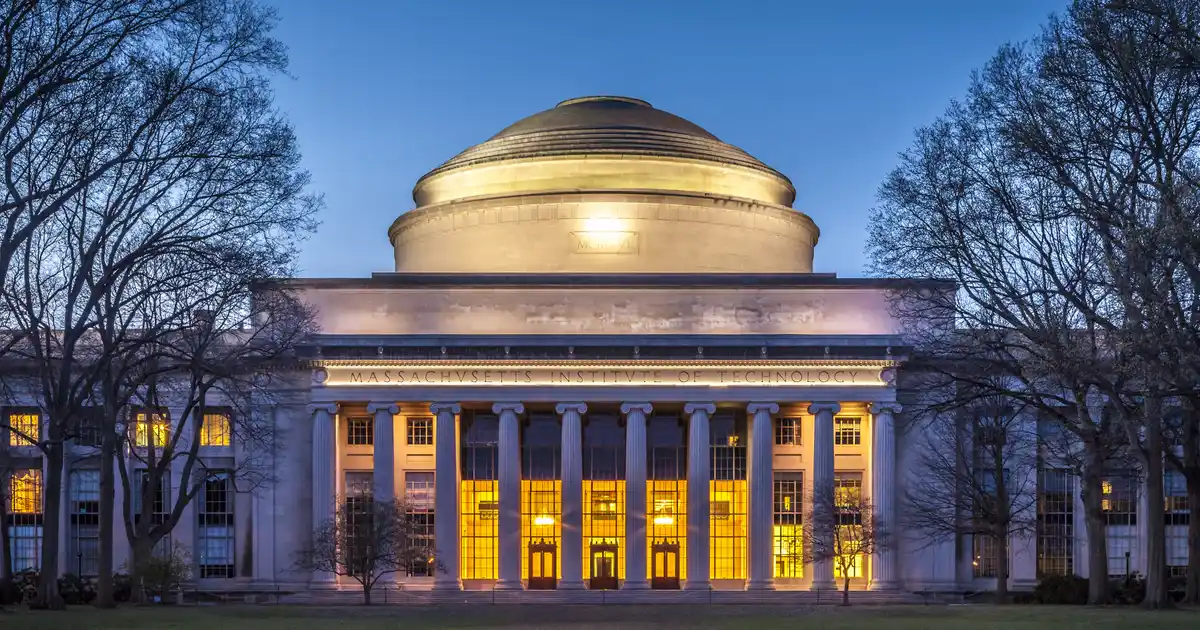 Shutterstock
ShutterstockNet Price: $20,465
Tuition: $53,790
Students Receiving Financial Aid: 74%
Acceptance Rate: 7%
Graduation Rate: 95%
Employed Two Years After Graduation: 94%
Median Earnings Six Years After Graduation: $104,700
Massachusetts Institute of Technology, commonly known as MIT, is one of the county’s most prestigious universities. It’s also one of its best values. While tuition is steep, most students receive financial aid assistance. And since MIT combines an incredibly high graduation rate with impressive earning potential, students can feel confident that the money they invest in their education is likely to pay off.
As an elite college, it isn’t surprising that it’s highly competitive to get into MIT. But if there’s a chance you’d get in, MIT has a lot to offer to a variety of students beyond its good value. Although you might be thinking it’s primarily for engineering and science students, MIT also has majors for students interested in humanities, arts, and social sciences.
 Shutterstock
ShutterstockStanford University
 Shutterstock
ShutterstockNet Price: $16,779
Tuition: $53,529
Students Receiving Financial Aid: 70%
Acceptance Rate: 4%
Graduation Rate: 94%
Employed Two Years After Graduation: 94%
Median Earnings Six Years After Graduation: $94,000
Much like MIT, Stanford is another elite school known for its impressive return on investment. In fact, a Stanford degree has a return on investment in the millions over the long term. And in the short term, prospective students can keep in mind the high median earnings — $70,400 two years after graduation and $94,000 six years after graduation. According to a Niche poll, 96% of students who responded believe Stanford is a good value for the money.
In addition to its academic rigor and financial value, Stanford is also known for its fun campus life. The school has an active Greek community, strong athletics, and a beautiful campus. Similar to MIT, which is just outside of Boston, Stanford also offers students close proximity to a major metropolitan area. In this case, San Francisco is nearby.
 Shutterstock
ShutterstockLehigh University
 Shutterstock
ShutterstockNet Price: $26,631
Tuition: $56,980
Students Receiving Financial Aid: 69%
Acceptance Rate: 32%
Graduation Rate: 90%
Employed Two Years After Graduation: 95%
Median Earnings Six Years After Graduation: $81,900
Located in Bethlehem, Pennsylvania, Lehigh University is one of the hidden gems on this list. While it may not be one of the best-known colleges in the country, it is one of the best values. We’re especially impressed with the median annual salary of graduates. It’s $66,200 two years after graduation and $81,900 six years after graduation.
It’s also worth noting the low 9:1 student-to-faculty ratio, which helps keep class sizes small. According to a Niche poll, 92% of students believe Lehigh’s professors put a lot of effort into teaching. Outside of the classroom, Lehigh takes its rivalry with nearby Lafayette College very seriously. They’ve played each other more times than any other college football rivals. As part of Spirit Week before the big game, students drag race beds — a tradition that dates back to 1967.
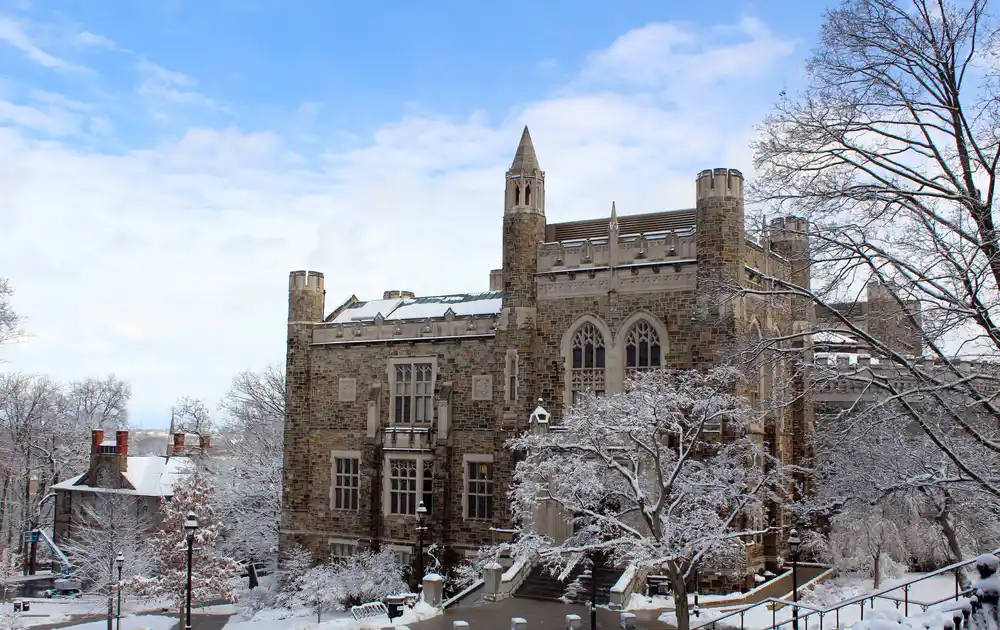 Shutterstock
ShutterstockRice University
 Shutterstock
ShutterstockNet Price: $20,335
Tuition: $52,070
Students Receiving Financial Aid: 69%
Acceptance Rate: 9%
Graduation Rate: 93%
Employed Two Years After Graduation: 92%
Median Earnings Six Years After Graduation: $65,400
Known as Texas’ “Ivy League of the South,” Rice University is the only school outside of the Northeast or California to make the top 10 of The Princeton Review’s list of best value colleges. The report praises Rice for combining prestige with support. Even though its post-graduation earning potential falls short of MIT’s and Stanford’s, $65,400 is about twice the national average of $33,028 six years after graduation.
Housing is another thing that makes Rice a standout university. As a matter of fact, it’s a bit like being sorted into one of the Hogwarts houses in Harry Potter. Whether or not a Rice student plans to live on campus, they’re still assigned to a residential college. Each residential college has its own traditions, competitions, and crest.
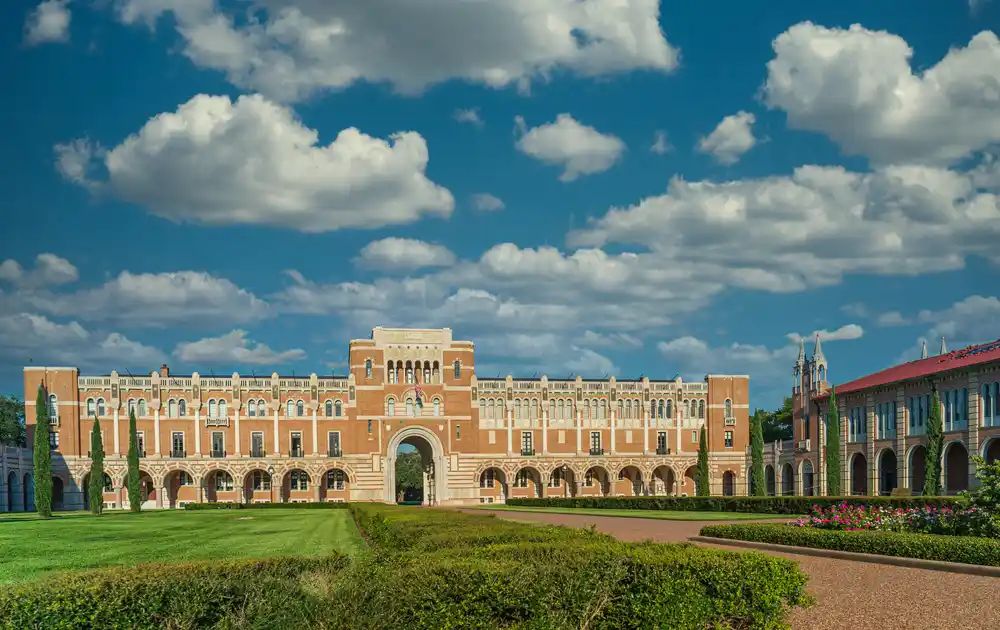 Shutterstock
ShutterstockDrake University
 Shutterstock
ShutterstockNet Price: $30,265
Tuition: $45,734
Students Receiving Financial Aid: 100%
Acceptance Rate: 68%
Graduation Rate: 81%
Employed Two Years After Graduation: 95%
Median Earnings Six Years After Graduation: $58,300
If you’re in the process of researching colleges, then you may have noticed how expensive it is just to apply. The average application fee is about $45, but the price can be closer to $100. That’s why it’s so refreshing that Drake University doesn’t charge an application fee. Additionally, Drake continues to be a good value after graduation. According to a Niche poll, 87% of polled students say that Drake has a very strong alumni network.
J-Term is another way Drake stands out. Formally known as January Term, J-Term is the three weeks between fall and spring semester. It’s a chance for students to immerse themselves in a passion project, learn a new skill, or study abroad. As Drake puts it, students can choose to build a robot or stage a musical on campus. Or they can venture off campus to study Gothic horror in Great Britain or volunteer with children in Ghana.
 Shutterstock
ShutterstockGonzaga University
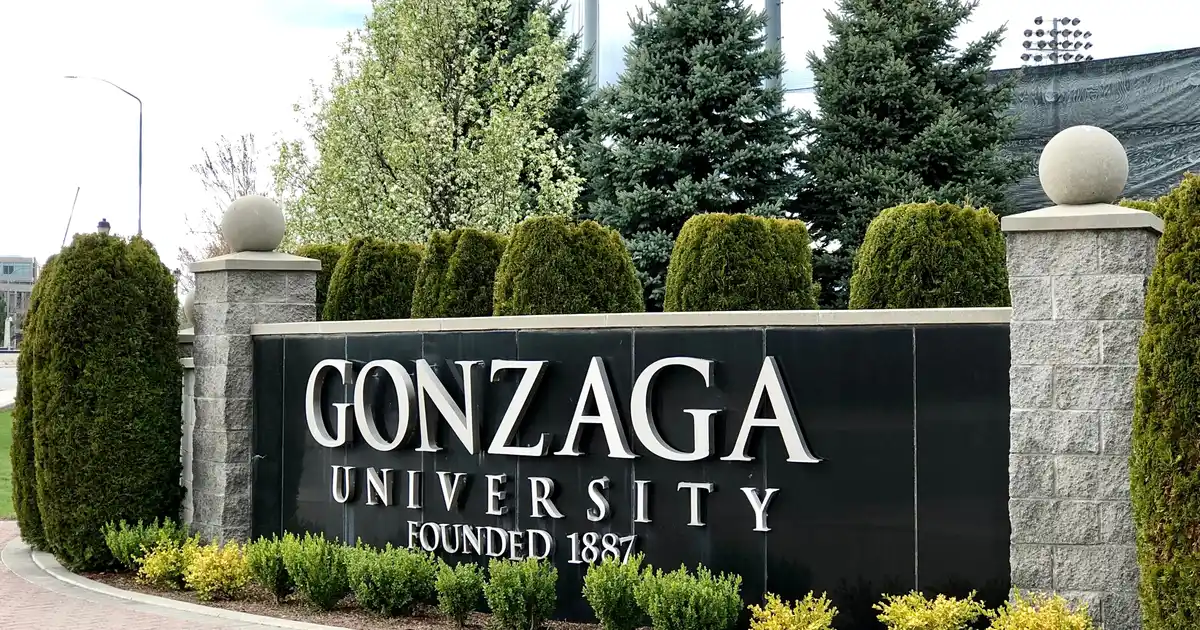 Shutterstock
ShutterstockNet Price: $36,578
Tuition: $45,140
Students Receiving Financial Aid: 99%
Acceptance Rate: 62%
Graduation Rate: 85%
Employed Two Years After Graduation: 94%
Median Earnings Six Years After Graduation: $56,100
Nearly every Gonzaga student receives financial aid of some form. In addition to need-based assistance, the university has a robust merit scholarship program. In fact, the average aid package amounts to $26,000 per year. Similar to Drake, Gonzaga also hits the trifecta of a relatively high acceptance rate, graduation rate, and earning potential. Both schools also prove you can find gems in cities that might not be on your radar. For instance, Gonzaga is in Spokane, Washington, and Drake is in Des Moines, Iowa.
Gonzaga also shines on the basketball court, so it could be a good fit for anyone looking for a school with a great sports team to cheer on. After more than 20 years of making it to the NCAA tournament, Gonzaga has gone from a Cinderella story to a powerhouse program. Every home game, Gonzaga students pack the McCarthey Athletic Center, known as the Kennel. The student section gets so into cheering that the Kennel’s considered one of the toughest places for visiting teams to play.
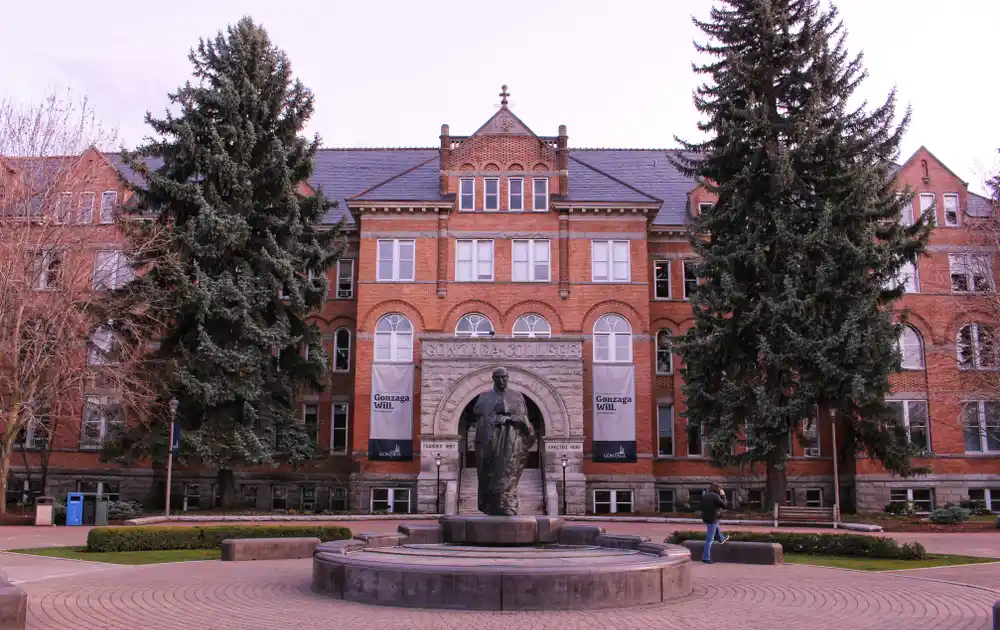 Shutterstock
ShutterstockWorst Colleges for Your Money
Now, let’s shift our attention to six colleges that don’t make the grade. Inclusion on the following list doesn’t necessarily mean the college isn’t a good school; it simply means students are less likely to see a sufficient return on their investment. We based the list on the same factors we used to compile the schools we featured as the best colleges for your money. As a result, these schools combine low graduation rates with low median annual salaries.
University of Maine at Augusta
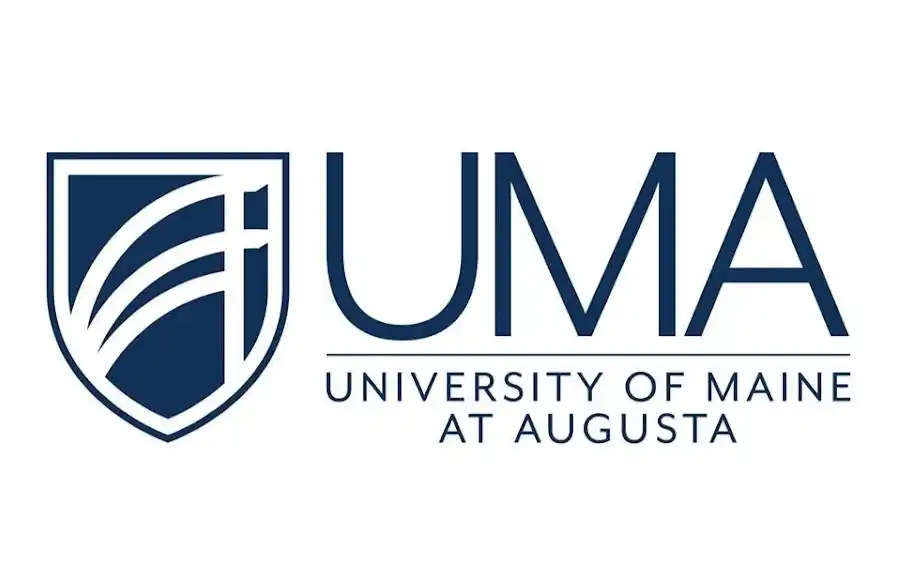 Source: UMA
Source: UMANet Price: $10,046
Tuition: $17,340 (out-of-state), $7,170 (in-state)
Students Receiving Financial Aid: 90%
Acceptance Rate: 100%
Graduation Rate: 13%
Employed Two Years After Graduation: 80%
Median Earnings Six Years After Graduation: $27,700
While the low cost of tuition at the University of Maine at Augusta (UMA) looks like a good deal on the surface, the graduation rate and earning potential tell a different story. Unfortunately, both are significantly below the national average. UMA has a graduation rate of 13% vs. the national average of 49% and a median alumni salary of $27,700 vs. the national average of $33,028. Notably, UMA students also have an above-average loan default rate of 14%.
That said, there are good things to say about UMA. For instance, the school says it understands the needs of adult students who often juggle school with work and family. Perhaps that’s why 51% of its student body is over 25. So, adult students might appreciate that the student body skews older.
 Shutterstock
ShutterstockBerklee College of Music
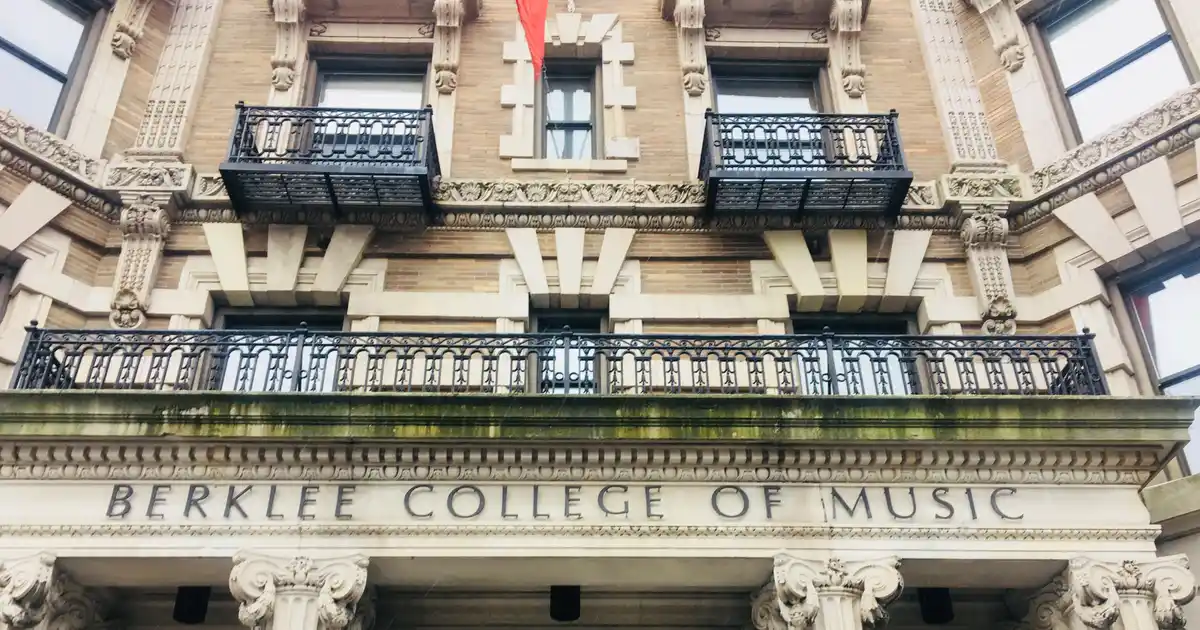 Shutterstock
ShutterstockNet Price: $43,744
Tuition: $45,660
Students Receiving Financial Aid: 63%
Acceptance Rate: 51%
Graduation Rate: 65%
Employed Two Years After Graduation: 86%
Median Earnings Six Years After Graduation: $30,300
Berklee College of Music is a prestigious music and performing arts school. It’s also incredibly expensive. The net price is $43,744, which is $28,221 more than the national average. A few years ago, CBS News reported that Berklee students take on more debt than students at any other school in the country — an average of $86,000 in loans. Unfortunately, the median annual salary of Berklee graduates also falls short of the national average.
Of course, Berklee is considered one of the top music schools in the world. So, there are reasons a student would choose it. For instance, Berklee graduates have won 311 Grammy Awards.
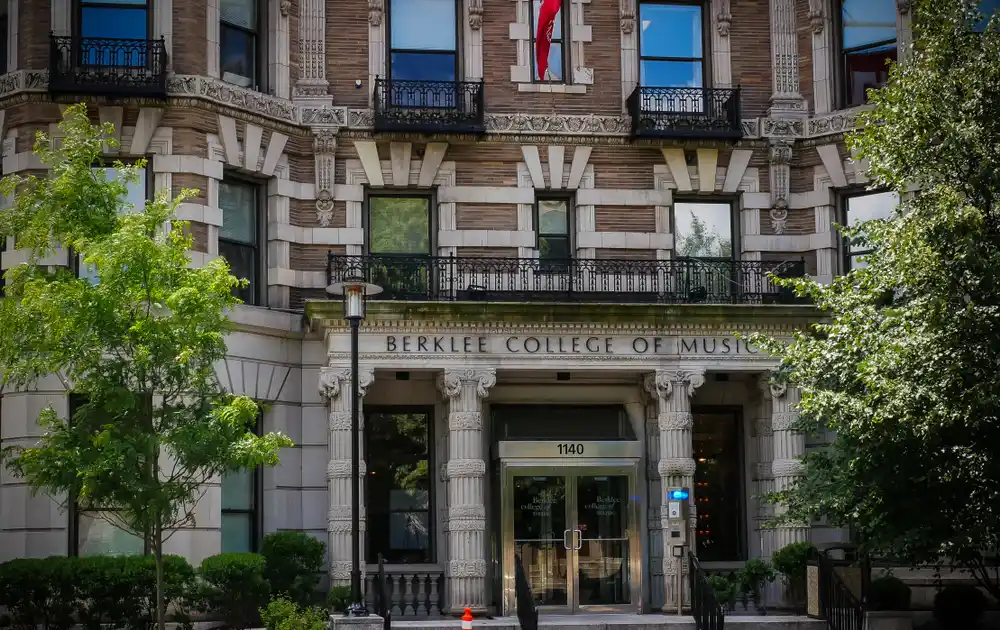 Shutterstock
ShutterstockCUNY Medgar Evers College
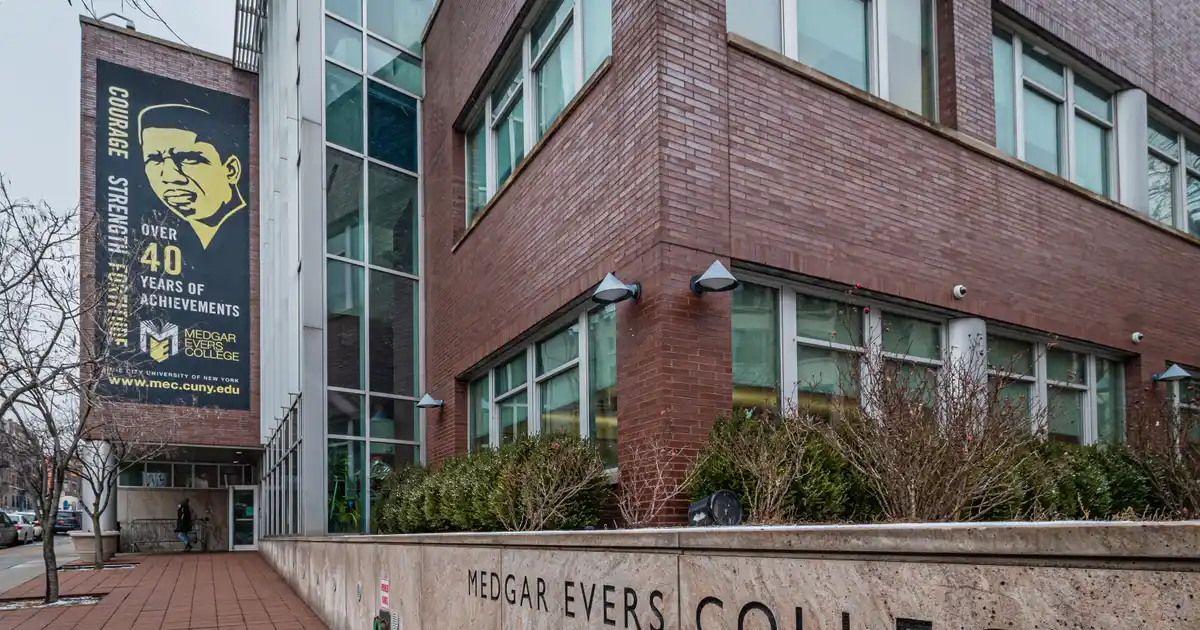 (Photo by Erik McGregor/LightRocket via Getty Images)
(Photo by Erik McGregor/LightRocket via Getty Images)Net Price: $5,949
Tuition: $15,302 (out-of-state), $7,352 (in-state)
Students Receiving Financial Aid: 89%
Acceptance Rate: 100%
Graduation Rate: 14%
Employed Two Years After Graduation: 87%
Median Earnings Six Years After Graduation: $35,900
On the one hand, the net price of CUNY Medgar Evers College’s tuition is incredibly low priced. In fact, it’s $9,574 less than the national average of $15,523 per year. On the other hand, it has a concerningly low graduation rate of 14%. Some applicants might be attracted to the low price and open admissions, but very few of the students who enroll go on to complete their degrees.
Having said that, CUNY Medgar Evers College is located in a vibrant Brooklyn neighborhood. The Brooklyn Museum, Prospect Park, Brooklyn Botanic Garden, and a variety of restaurants are all nearby. So, there’s plenty to do when students aren’t hitting the books.
 Shutterstock
ShutterstockAuburn University at Montgomery
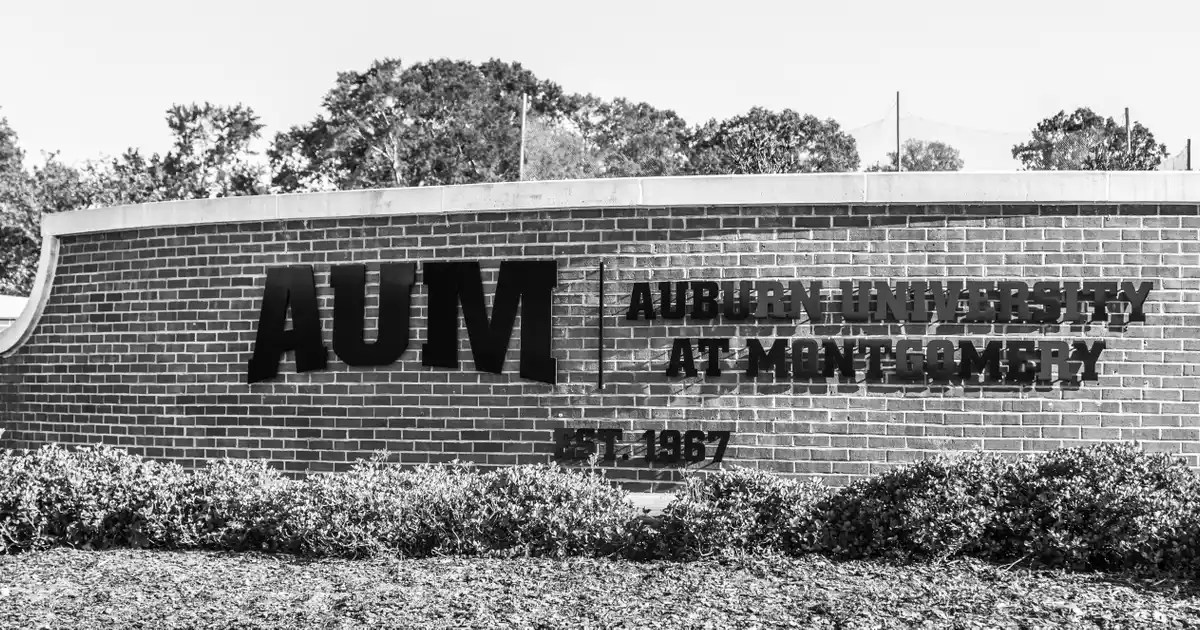 Shutterstock
ShutterstockNet Price: $14,559
Tuition: $18,292 (out-of-state), $8,620 (in-state)
Students Receiving Financial Aid: 98%
Acceptance Rate: 90%
Graduation Rate: 34%
Employed Two Years After Graduation: 91%
Median Earnings Six Years After Graduation: $33,300
The net price of Auburn University at Montgomery (AUM) is slightly less than the national average of $15,523. However, only 34% of students graduate. While this isn’t the lowest graduation rate on the list, it’s below the national average. Of those who graduate, the median annual salary is right around the national average of $33,028.
Nevertheless, most schools have something that sets them apart positively. For AUM, that’s its reputation as a military-friendly school. AUM has a silver Military Friendly® award. The campus is close to Maxwell-Gunter Air Force Base, and the school has a full-time veteran liaison.
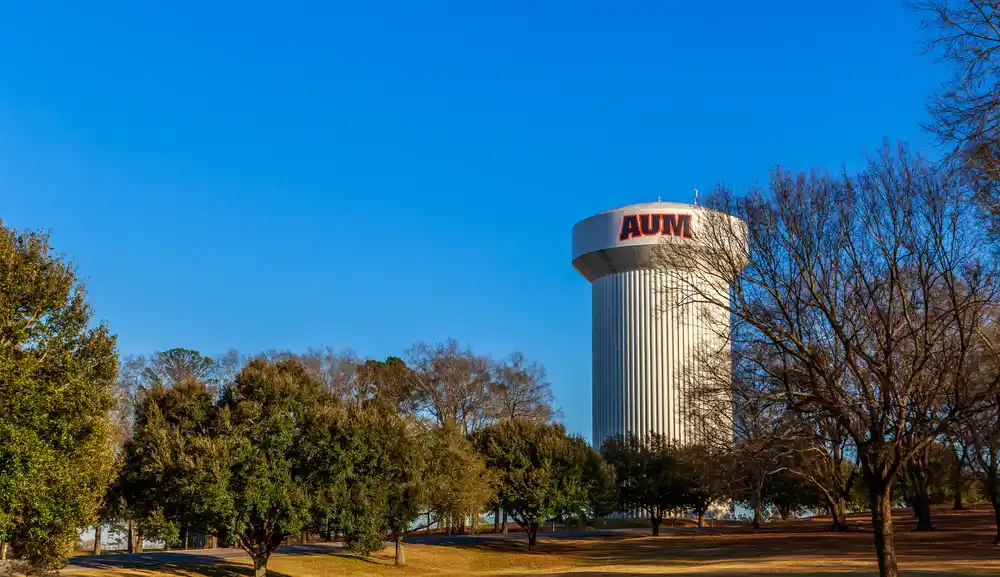 Shutterstock
ShutterstockDixie State University
 Shutterstock
ShutterstockNet Price: $12,801
Tuition: $15,792 (out-of-state), $5,496 (in-state)
Students Receiving Financial Aid: 92%
Acceptance Rate: 100%
Graduation Rate: 36%
Employed Two Years After Graduation: 85%
Median Earnings Six Years After Graduation: $35,400
Dixie State University is another school that seems reasonably priced based on the net price of tuition. But that impression doesn’t hold as you look more closely. For instance, it has a below-average graduation rate of 36%. It’s always concerning when you see a low graduation rate because that means a significant number of students pay money toward a degree they won’t complete.
On the positive side, Dixie hosts memorable events throughout the year to make campus life fun. For example, students look forward to a trio of annual dances — the Foam Dance, Chaos Dance, and Inferno Dance.
 Shutterstock
ShutterstockMontana State University – Billings
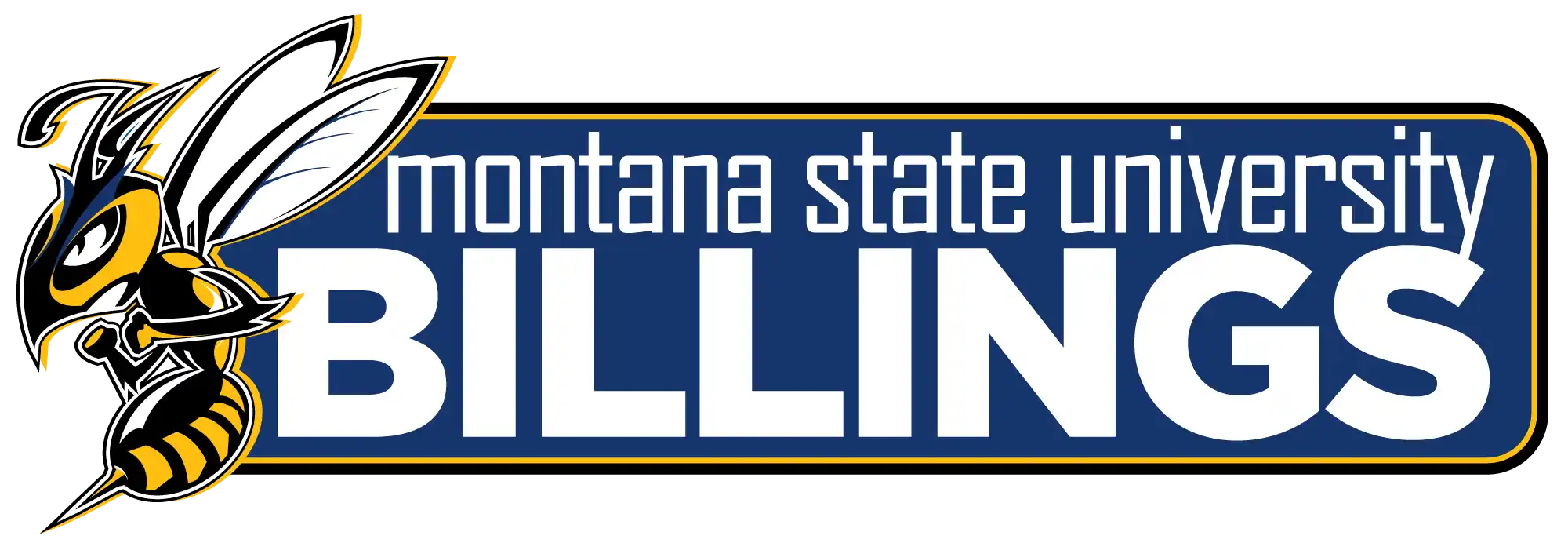 Source: WikiCommons
Source: WikiCommonsNet Price: $12,070
Tuition: $19,257 (out-of-state), $5,933 (in-state)
Students Receiving Financial Aid: 91%
Acceptance Rate: 100%
Graduation Rate: 24%
Employed Two Years After Graduation: 89%
Median Earnings Six Years After Graduation: $34,600
Montana State University – Billings, known as MSU Billings, also has seemingly reasonably priced tuition. But its graduation rate and the median annual salary of graduates are too low to make MSU Billings a good value. Like the other schools on this list, too many students wind up paying for incomplete degrees. And those who do graduate go on to make too little.
However, MSU Billings is near nature, so outdoorsy adventurers have many options. Within 10 minutes of campus, students can rock climb or go to the lake. Within one hour of campus, students can visit a state park or whitewater raft. And Yellowstone National Park is only about two hours from campus.
 Shutterstock
Shutterstock